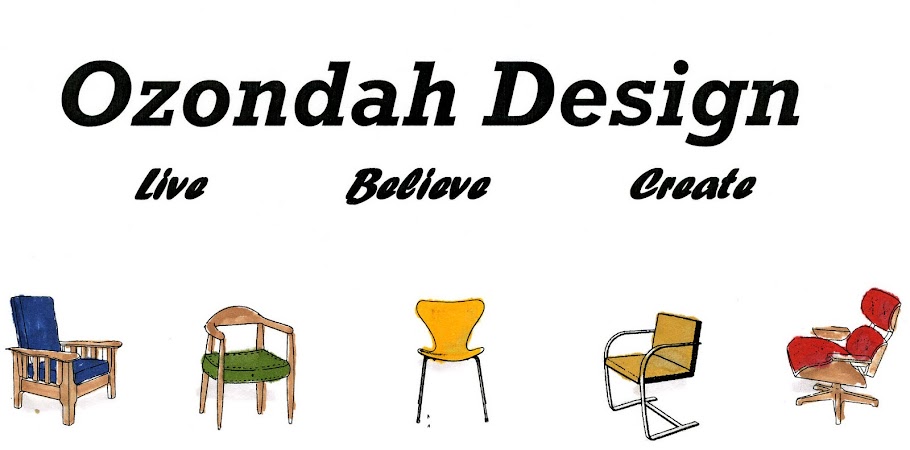Wednesday, December 14, 2011
Part 3: van Doesburg's Cow
Abstract art does not overtly resemble anything in the world. While an abstraction, it refers to using the parts of an object to represent the whole of the given object or idea. While abstract art may seem like a radically new art form, the process by which it is created is based on concepts of abstraction used by artists for hundreds of years. The conditions by which abstract art began were not based solely out of the Parisian art culture, but had their roots across Europe with the conditions of human life as they related to the First World War. Issues such as mass production, capitalism, poverty, psychological depression and prostitution with its inherent problems were all common topics among pre-World War I works of art. Just as passionately as they sought to expose the problems of society, literary works like The Futurist Manifesto by Marinetti invited society to reject the past and embrace the future age of modern technology and speed, with its innate violence and problems.
Artists such as Pablo Picasso, Georges Braque and Theo van Doesburg attempted to systemize the process of abstract art. By paring down recognizable images to their essential forms, the works of the Abstracts could then be more easily accepted by the general society. This explanation raises the question of how abstract art is interpreted. Is it important for the viewer to be able to find the object in an image? Or, is the importance of the true message found in the pure abstraction of the image?
Subscribe to:
Post Comments (Atom)


No comments:
Post a Comment